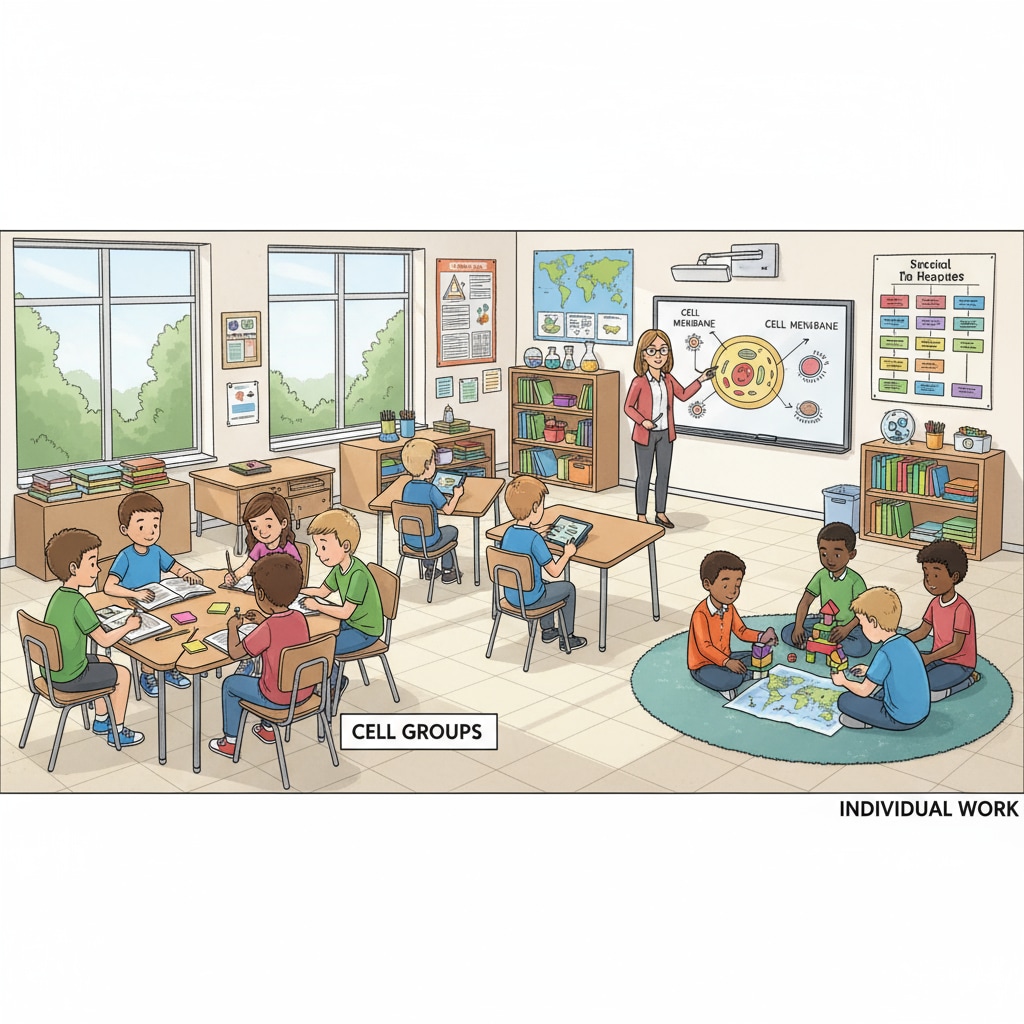In the realm of K12 education, the issue of solitude preferences, seat adjustments, and social pressures has become a significant point of discussion. Students often have diverse learning styles, and for those with a preference for solitude, the forced social arrangements by teachers, such as regular seat adjustments, can create a great deal of stress.

The Solitude Learner’s Dilemma
Solitude learners thrive in environments where they can focus without distractions. They prefer to work independently, absorb information at their own pace, and process thoughts in solitude. However, in a typical K12 classroom, group work, paired activities, and frequent seat changes are common teaching strategies. These social arrangements can be overwhelming for solitude learners. For example, when suddenly placed in a group project, they may struggle to express their ideas or feel pressured to conform to the group’s dynamics. According to Understanding Learning Styles on Education.com, different learning styles require tailored approaches.

The Impact of Seat Adjustments
Seat adjustments are often seen as a way to promote interaction and engagement among students. However, for solitude learners, these adjustments can be a source of anxiety. A new seating arrangement might mean being surrounded by talkative peers or having to adapt to a new set of distractions. Moreover, the lack of a consistent, quiet space can disrupt their concentration. As stated on Seating Arrangements for Classroom Management on Teachhub, while seat changes can have benefits, the individual needs of students should not be overlooked.
To address this conflict, teachers can take several steps. Firstly, they can conduct a simple survey at the beginning of the semester to understand students’ learning preferences. This way, they can make more informed decisions about seating arrangements. Secondly, creating designated quiet zones in the classroom can provide a space for solitude learners to retreat to when needed. Additionally, teachers can offer alternative assignment options for group activities, allowing solitude learners to complete tasks independently while still meeting the learning objectives.
Readability guidance: By understanding the needs of solitude learners and making appropriate adjustments, teachers can create a more inclusive classroom environment. This approach not only respects students’ individual learning preferences but also helps to reduce social pressures and enhance overall learning outcomes.


